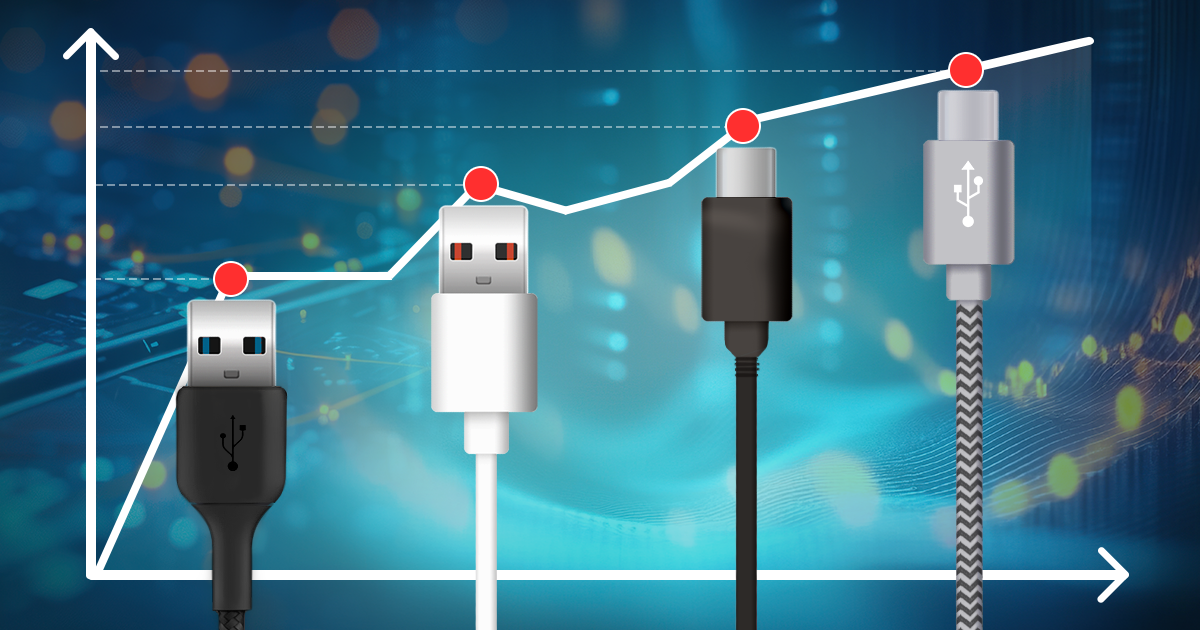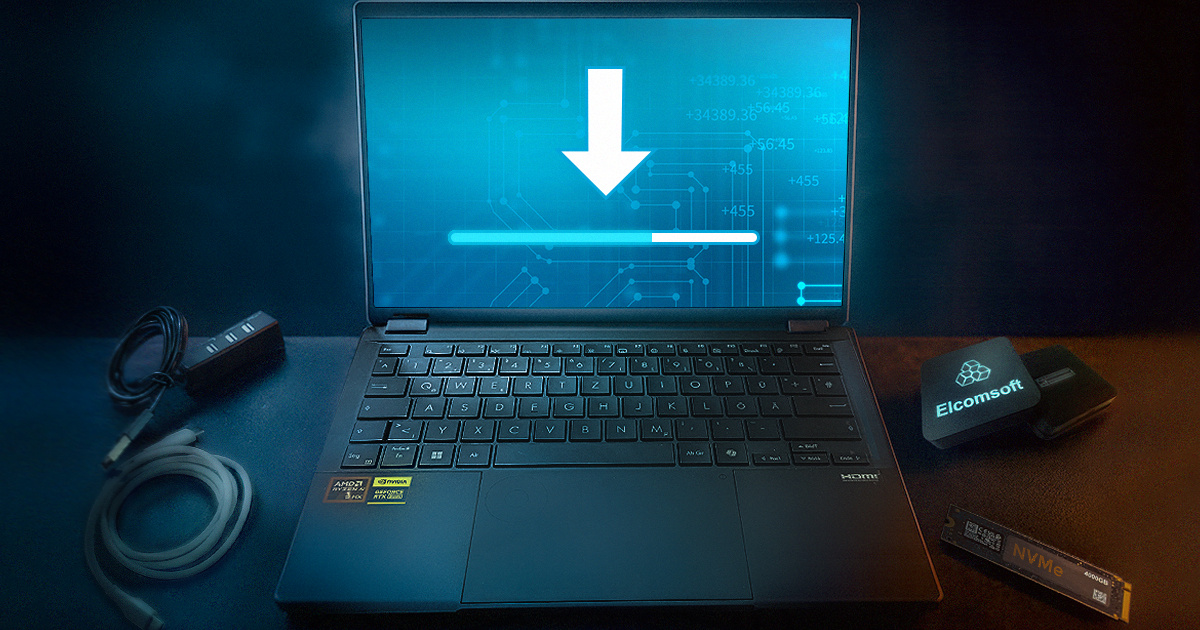Believe me or not, but this is exactly the 500th post in our blog! The first one was posted in March 2009 and was about Distributed Password Recovery and GPU acceleration. At that time, we even did not do mobile or cloud forensics. Today it’s not about our achievements. I want to thank you for being with us, and share a few bits and pieces about our blog that you may find handy or at least amusing.
Remember the good old times when there was a lot of applications with “snake oil” encryption? You know, the kind of “peace of mind” protection that allowed recovering or removing the original plaintext password instantly? It is still the case for a few “we-don’t-care” apps such as QuickBooks 2021, but all of the better tools can no longer be cracked that easily. Let’s review some password recovery strategies used in our software today.
If the iPhone is locked with a passcode, it is considered reasonably secure. The exception are some older devices, which are relatively vulnerable. But what if the passcode is known or is not set? Will it be easy to gain access to all of the data stored in the device? And why do we have the countless forensic tools –is analysis and reporting the sole reason for their existence? Not really. If you’ve been wondering what this acquisition thing is all about, this article is for you.
Today, we have an important date. It’s been 13 years since we invented a technique that reshaped the landscape of modern password recovery. 13 years ago, we introduced GPU acceleration in our then-current password recovery tool, enabling the use of consumer-grade gaming video cards for breaking passwords orders of magnitude faster.
Making tools for breaking passwords, I am frequently asked whether it’s legal, or how it works, or what one can do to protect their password from being cracked. There are people who have “nothing to hide”. There are those wearing tin foil hats, but there are a lot more people who can make a reasonable effort to secure their lives without going overboard. This article is for them.
The year was 2008, and I had been staying at a hotel in Bogota. This trip was just one of many to Columbia that year. Before my trip, I’d had my former girlfriend, Darci, stop by and help me swap out the hard drive in my MacBook Pro laptop. Remember, this is 2008, and at the time, replacing a drive in a MacBook Pro wasn’t nearly as easy as replacing hard drives these days. Darci swapped out my original hard drive with a brand-new drive, which I then formatted and installed macOS. I had her swap the drive out for security reasons. I didn’t want to cross the border into a foreign country with all of my client data. Especially not after what happened to me in Atlanta! But we’ll get to that later.
Everyone’s iPhones contain overwhelming amounts of highly sensitive personal information. Even if some of that data is not stored on the device, the iPhone itself or the data inside can work as a key to other many things from bank accounts to private family life. While there are many possible vectors of attack, the attacker will always try exploiting the weakest link. Learn to think like one, find the weakest link and eliminate the potential vulnerabilities before they are exploited. This guide comes from the forensic guys making tools for the law enforcement, helping the good guys break into the bad guys’ iPhones.
19 years ago, on July 16, 2001, the FBI arrested Dmitry Sklyarov, almost immediately after his speech at the DEF CON hacker conference, on a number of charges by Adobe. Dmitry was accused of many things, from software trafficking to conspiring with Elcomsoft and “third parties”, who put up the software for sale that could bypass technological protection on copyrighted material. Dmitry’s career at Elcomsoft began with a project on gaining access to protected Access databases. Soon, Dmitry got an idea about the security of PDF documents, and so he started working on it. From this idea the never-to-be-forgotten Advanced eBook Processor was born, because of which Dmitry was arrested in 2001 at DEF CON in Las Vegas, NV.
Having trouble installing the checkra1n jailbreak? If you do it right, you achieve a nearly 100% success rate. We have collected the most important information on how to install and troubleshoot the checkra1n jailbreak. By following these advises, you will be able to jailbreak like a pro, whether you just want to research your own device or perform the file system and keychain acquisition.
How can you obtain the highest amount of data from an iPhone, iPad, Apple TV or Apple Watch? This is not as simple as it may seem. Multiple overlapping extraction methods exist, and some of them are limited to specific versions of the OS. Let’s go through them and summarize their availability and benefits.
backup, checkra1n, EIFT, full file system, iCloud backup, iOS, iOS backup, iPadOS, iTunes backup, jailbreak, keychain, logical acquisition, tvOS, unc0ver, WatchOS


